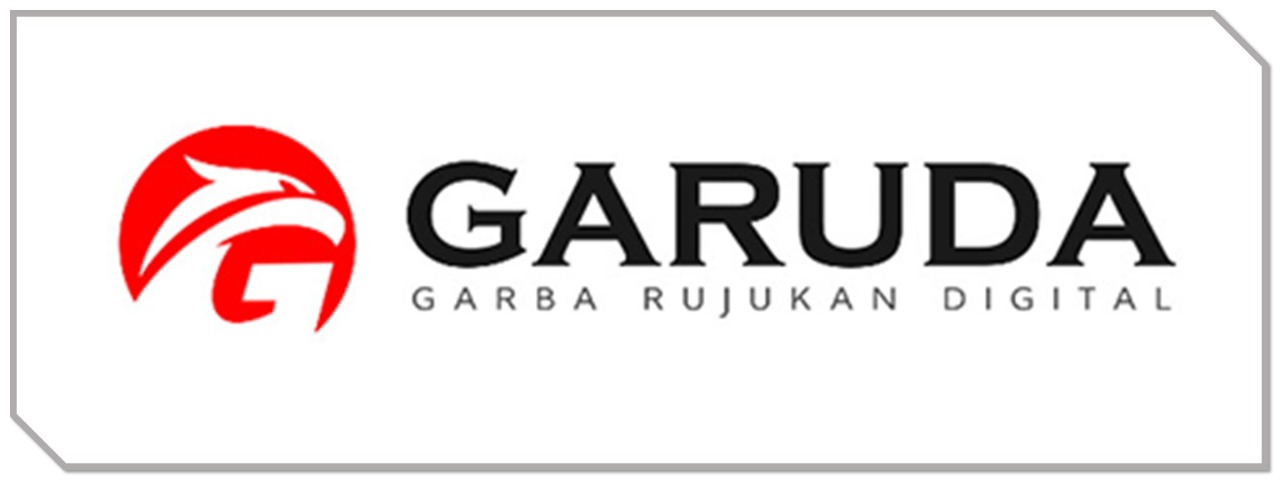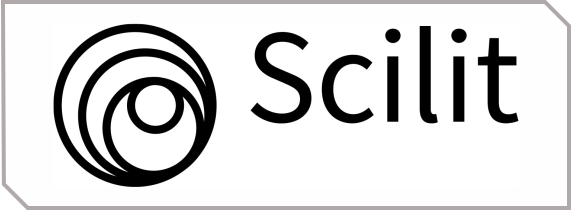OPTIMALISASI PENGELOMPOKKAN DATA TINGKAT HUNIAN HOTEL DENGAN ALGORITMA K-MEDOID
DOI:
https://doi.org/10.36002/jutik.v8i3.2078Abstract
ABSTRACTHotel occupancy rates have decreased significantly during the Covid-19 pandemic. For the sake of increasing the economy in the hotel industry sector, an analysis of hotel occupancy data grouping is needed so that it can provide the right problem solving to increase hotel occupancy rates through promotions and other vouchers based on group characteristics. This research is in the form of grouping data on hotel occupancy rates in Indonesia using the K-Medoid clustering method and the Davies Bouldin Index (DBI). The selection of the K-Medoid clustering method is based on the K-medoid method which is not affected by noise and data outliers. Grouping the data with 9 clusters resulted in a better cluster quality seen from the minimum DBI value obtained of 1,003. The results of clustering are determined by the characteristics of the data in the cluster with a small dispersion/dispersion size because the standard deviation value is smaller than the mean value. The data used for clustering has a small variation. The cluster group with the lowest occupancy rate is located in the center of the cluster, namely January with an occupancy rate of 11.86%, February 21.66%, March 31.16%, April 17.12%, May 33.73% and June 26.88%. Areas classified as low occupancy groups are Aceh, West Sulawesi and Bali based on data from January 2022 to June 2022. These areas need to increase the number of hotel occupancy with various promotions.
Keywords: K-medoid, Davies-Bouldin Index, Occupancy, Hotel.
ABSTRAK
Tingkat hunian hotel mengalami penurunan signifikan selama pandemi Covid-19. Demi peningkatan perekonomian pada sektor industri perhotelan, diperlukan suatu analisis pengelompokkan data tingkat hunian hotel sehingga dapat memberikan pemecahan masalah yang tepat untuk meningkatkan tingkat hunian hotel melalui promosi dan voucher lainnya berdasarkan karakteristik kelompok. Penelitan ini berupa pengelompokkan data tingkat hunian hotel di Indonesia menggunakan metode clustering K-Medoid dan Davies Bouldin Index (DBI). Pemilihan metode clustering K-Medoid didasarkan pada metode K-medoid tidak terpengaruh noise dan pencilan data (outlier). Pengelompokkan data dengan 9 cluster menghasilkan kualitas cluster yang lebih baik dilihat dari nilai DBI minimum yang diperoleh sebesar 1.003. Hasil clustering ditentukan oleh karakteristik data yang di clustering dengan ukuran penyebaran/dispersi yang kecil karena nilai standar deviasi yang lebih kecil dari nilai mean. Data yang digunakan untuk clustering memiliki variasi yang kecil. Kelompok cluster yang memiliki tingkat hunian paling rendah terletak pada pusat cluster yaitu bulan januari dengan tingkat hunian 11.86%, Februari 21.66%, Maret 31.16%, april 17.12%, mei 33.73% dan juni 26.88%. Daerah yang tergolong kelompok hunian rendah yaitu Aceh, Sulawesi Barat dan Bali berdasarkan data dari Januari 2022 hingga Juni 2022 Daerah-daerah tersebut perlu dilakukan peningkatan jumlah hunian hotel dengan berbagai promosi.
Kata Kunci : K-medoid, Davies-Bouldin Index, Hunian, Hotel.
Downloads
Published
2022-10-09
How to Cite
Cahya Dewi, D. A. I., & Pramita, D. A. K. (2022). OPTIMALISASI PENGELOMPOKKAN DATA TINGKAT HUNIAN HOTEL DENGAN ALGORITMA K-MEDOID. Jurnal Teknologi Informasi Dan Komputer, 8(3). https://doi.org/10.36002/jutik.v8i3.2078
Issue
Section
Articles
License
![]()
This work is licensed under a Creative Commons Attribution-NonCommercial-ShareAlike 4.0 International License.










